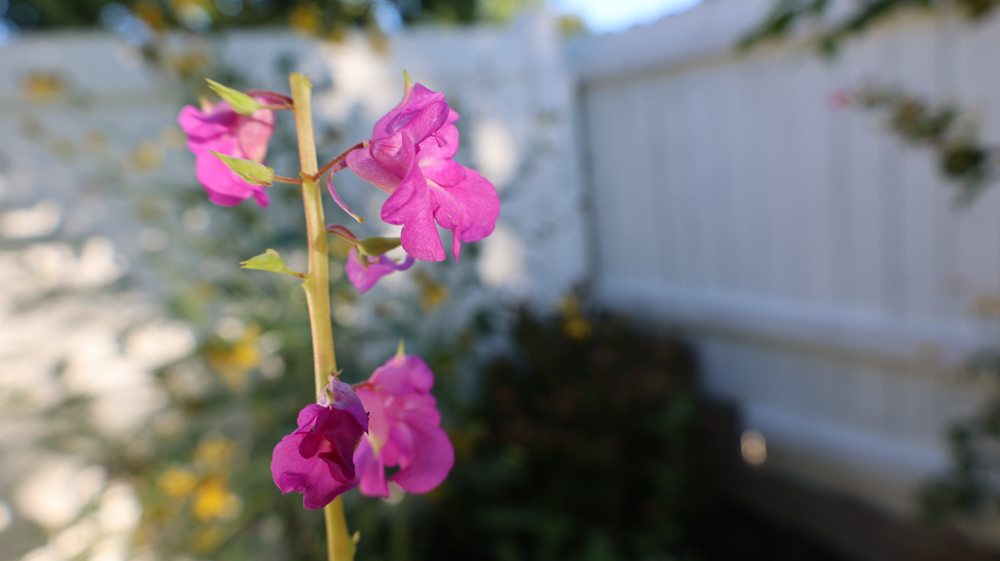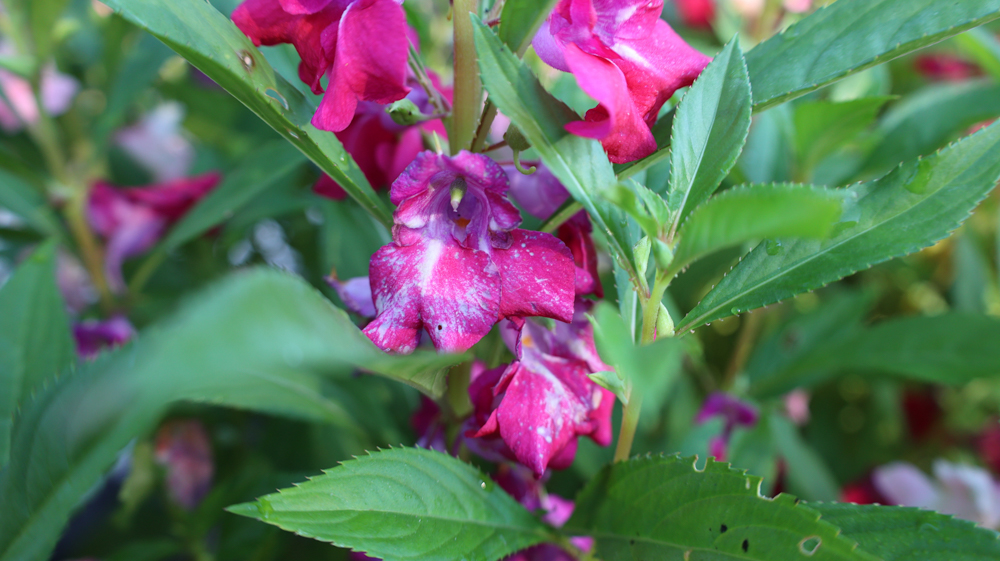Impatiens balsamina | Garden Balsam, Rose Balsam, Touch-me-not, Spotted snapweed
Impatiens balsamina | Garden Balsam, Rose Balsam, Touch-me-not, Spotted snapweed
Pronounced im-PAY-shunz (meaning 'impatient' because the ripe fruit suddenly bursts open)
Pronounced bal-SOME-ee-na
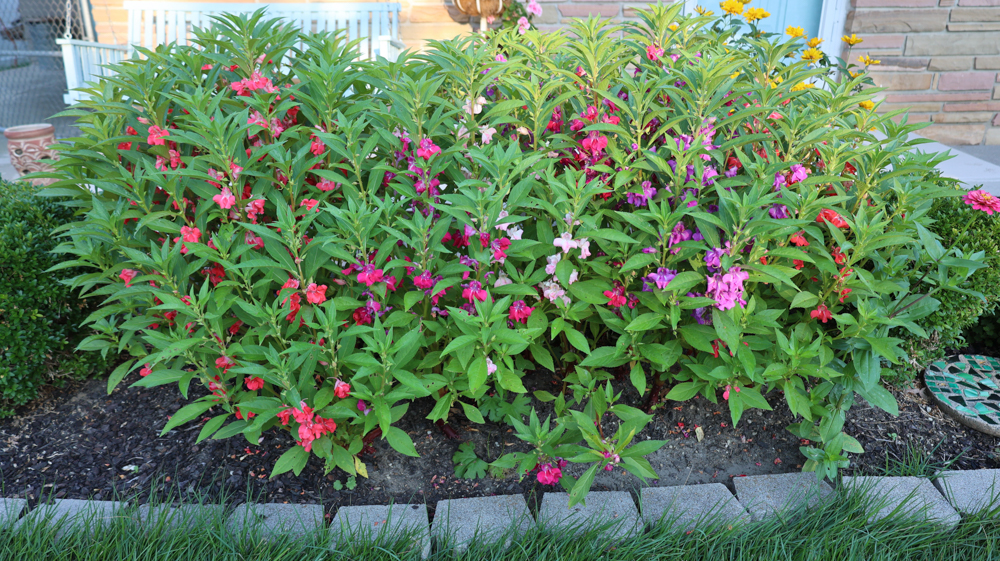
Balsaminaceae (Impatiens Family) Pronounced bal-SOME-eh-nee-see-eye
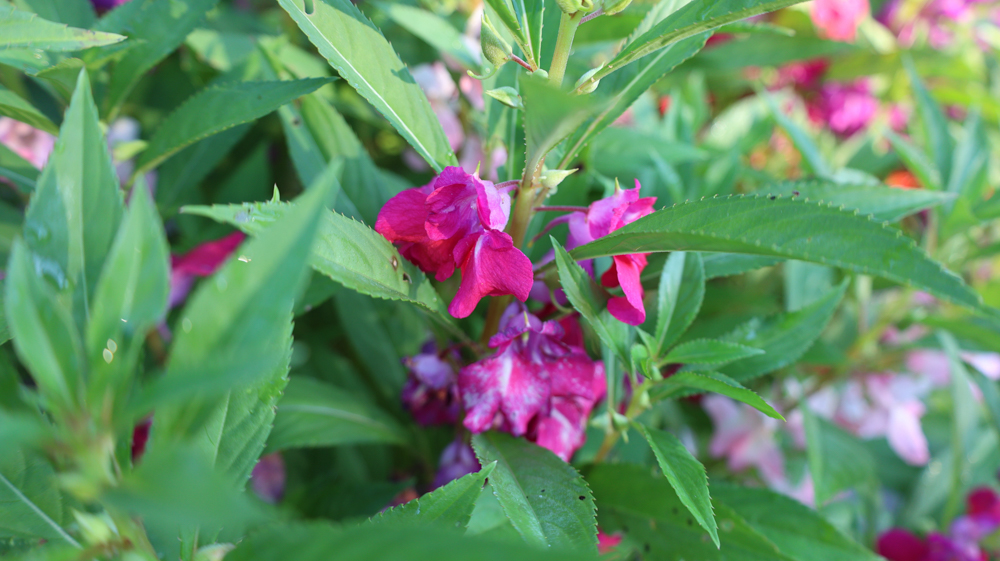
I first desired to try balsam when I was searching for flowers that fit the cottage garden. I had heard of balsam before, but it think it was the balsam fir tree (Abies balsamea) which I was familiar, and I wondered about this flower. I never see this plant in the garden centers, but it is widely available by seed. The seeds are easy to grow and successful. They even come up volunteer and self-seed well. I tried to get all of the plants pulled the first year I planted them (2022) before they went to seed, but I still had volunteer plants the next year. It makes me wonder if they eventually become too difficult to control, but time will tell, or maybe that would be a good thing.
I understand that Balsam was found often in the gardens during the Victorian era (I looked up the years! 1837-1900), but folks moved away from them for other trends, such as what I considered traditional impatiens now in the garden centers (Impatiens walleriana). They are still listed as belonging in a traditional cottage garden.
I found the flowers a bit odd when they first bloomed. They start at the bottom of a sturdy and straight stalk and bloom upwards on the stem. The blooms are close to the stem and the leaves often make it difficult for the flowers to be seen. The plants grow to be about 3 foot tall. I read that it is good to pinch the stems back when they are about 4" tall, but I have not tried that yet to see what that does for them. I might like them better that way.
Balsam comes in a single cup-life flower or a double flower (camellia-like) in pink, rose, red, purple, and white, and are often spotted.
The first year I grew them I learned that in order for them to be a cut flower for a vase, one must pluck off the leaves to reveal the flowers. The bees and hummingbirds love this flower.
***a note to study later | Latin balsamum "gum of the balsam tree" | ultimately from Aramaic busma, Arabic balsam and Hebrew basam, "spice", "perfume" owes its name to the biblical Balm of Gilead
In this photo we can see why it is said to be spotted or called a spotted snapweed. In the above video I also show how the seed pods snap.
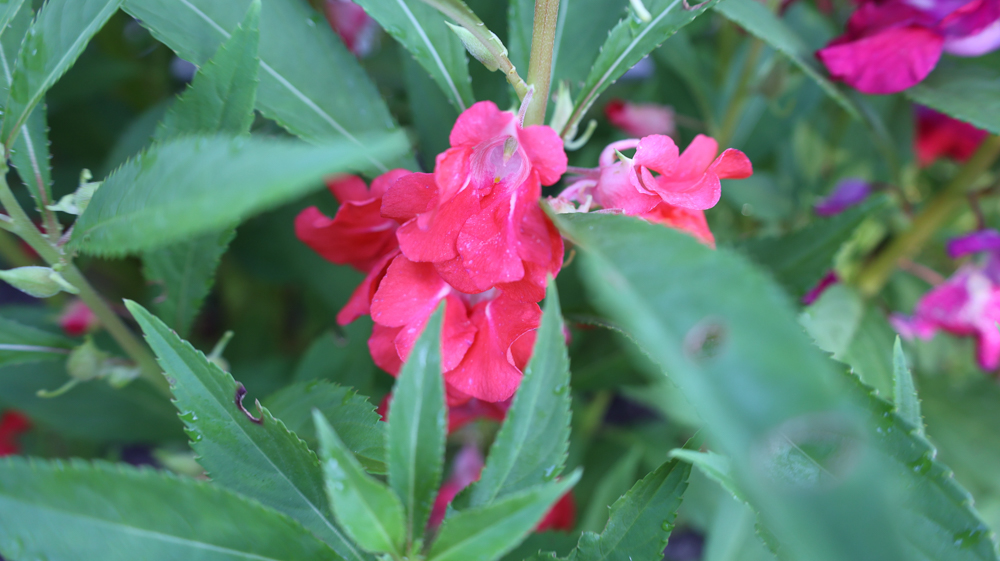
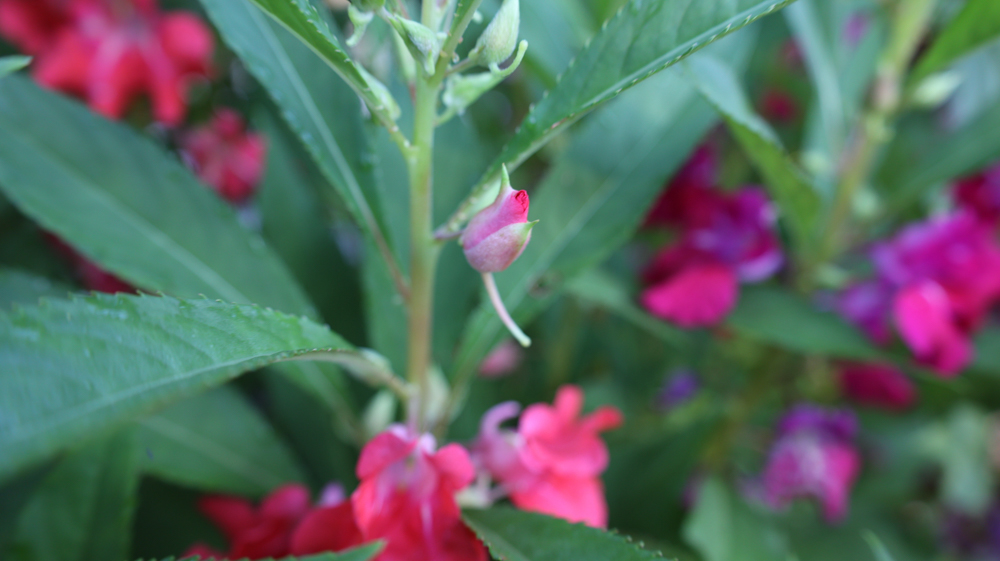
The new buds are almost rose-like.
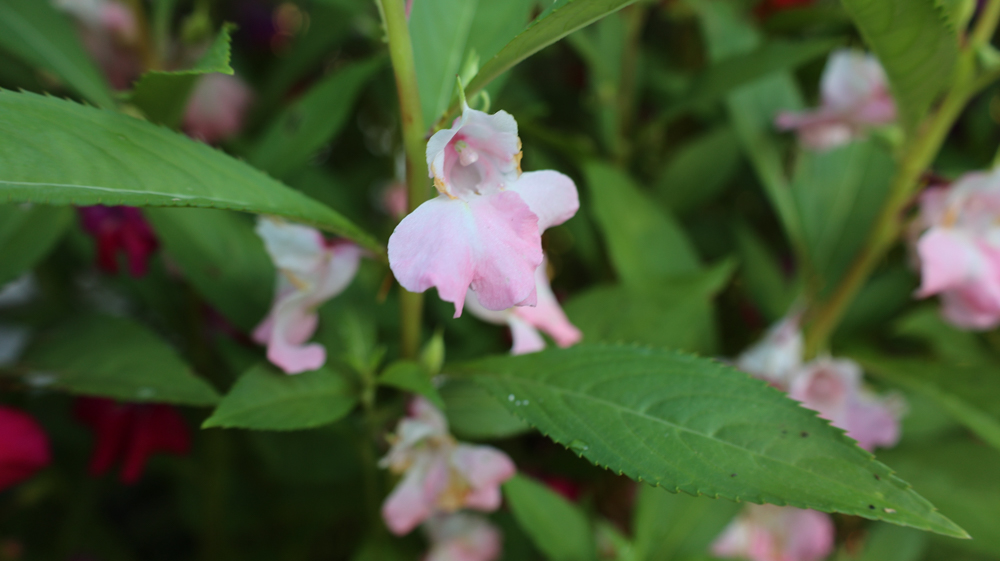
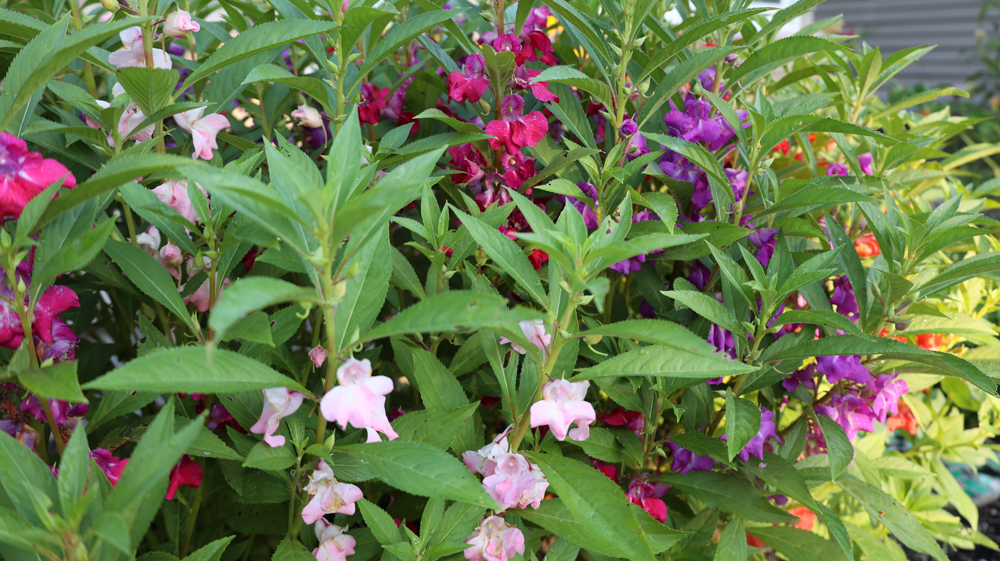
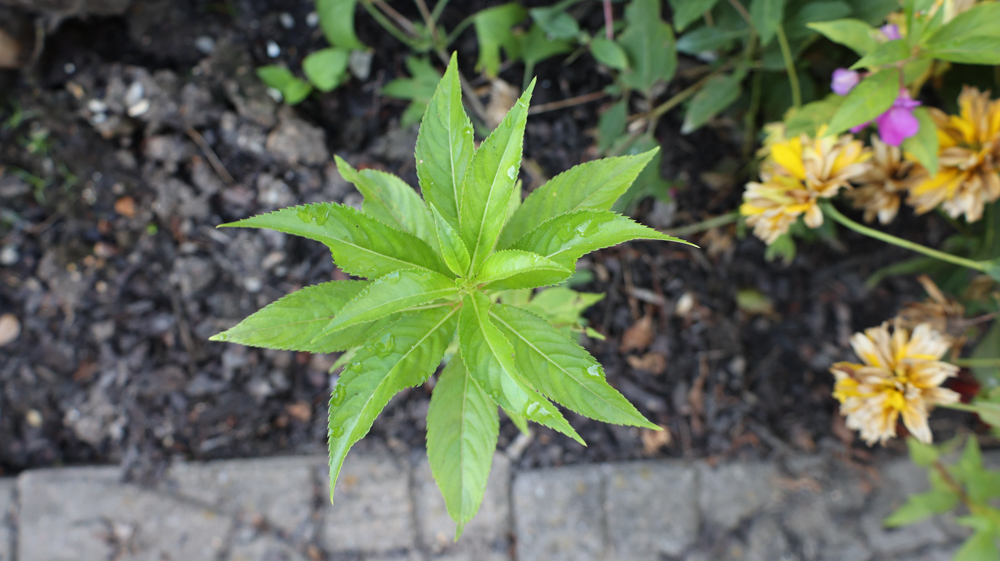
This is what a new plant looks like. It looks like a weed! Or literally a certain "weed" plant to me! They are easily identifiable so you can choose to pluck them early if they come up volunteer if you so choose.
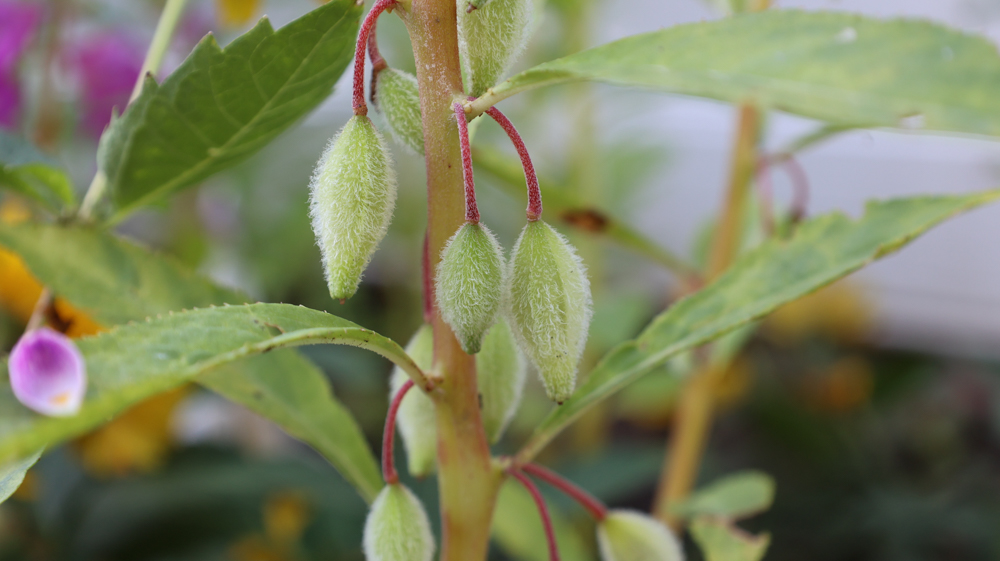
These are the seed pods. Watch the above video to see how when you squeeze them they literally explode, curl up, and eject the seeds everywhere. Look how fuzzy the seed pods too!
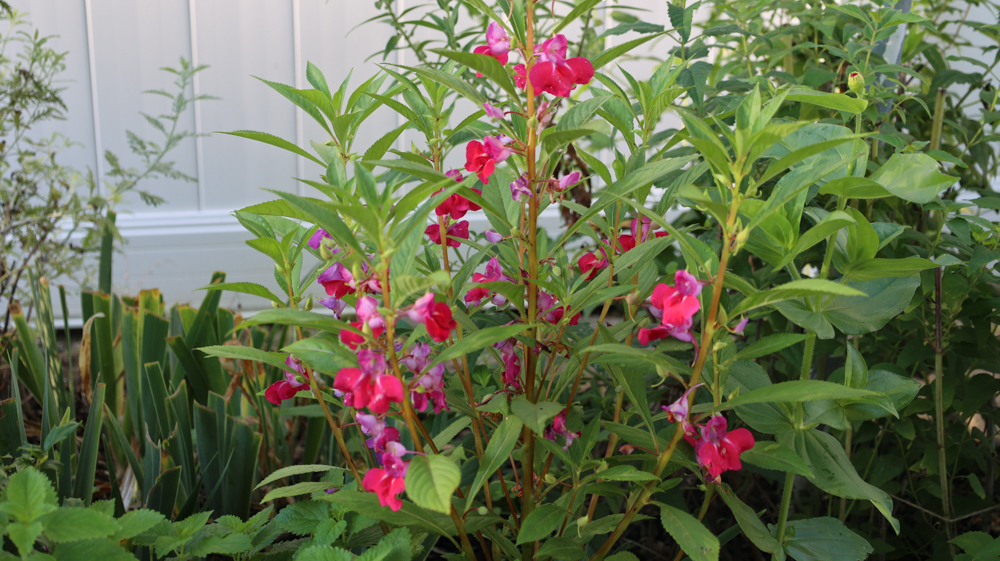
When done blooming, the plant is very easy to pull up from the ground and dispose of before the seed pods burst open and spray the garden. The roots are not very deep. I do find that this plant actually requires very little maintenance or that the maintenance is not difficult.
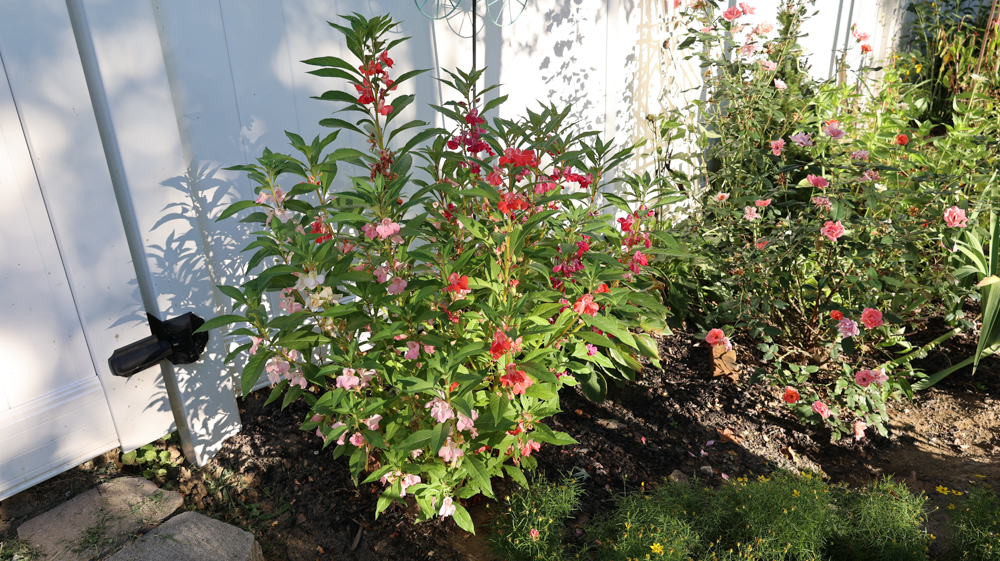
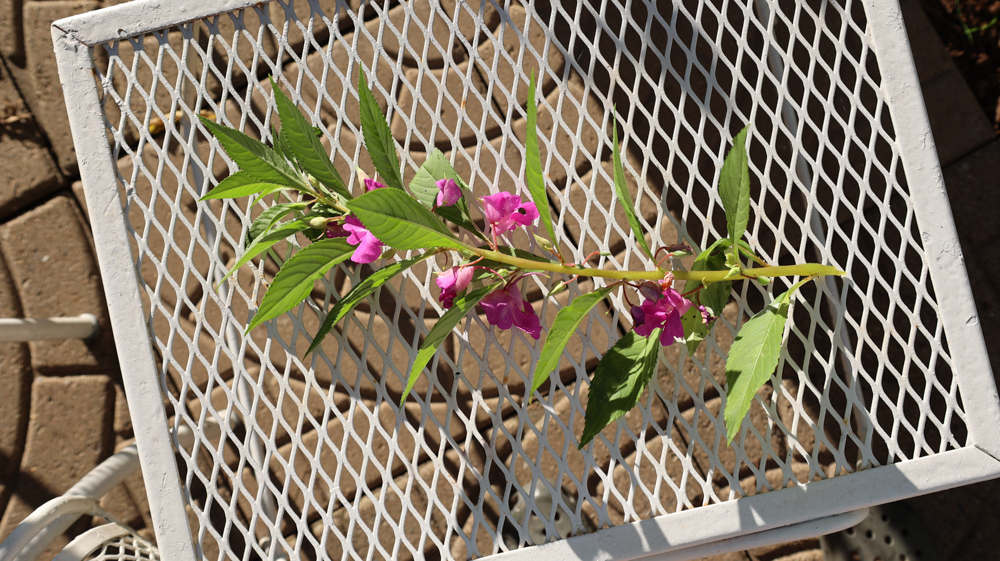
In the video I cut this branch and showed how the leaves can be removed in order to have a cut flower in a vase. The first time I did it, it seemed unnatural and as if I was aggressively damaging the plant's natural existence.
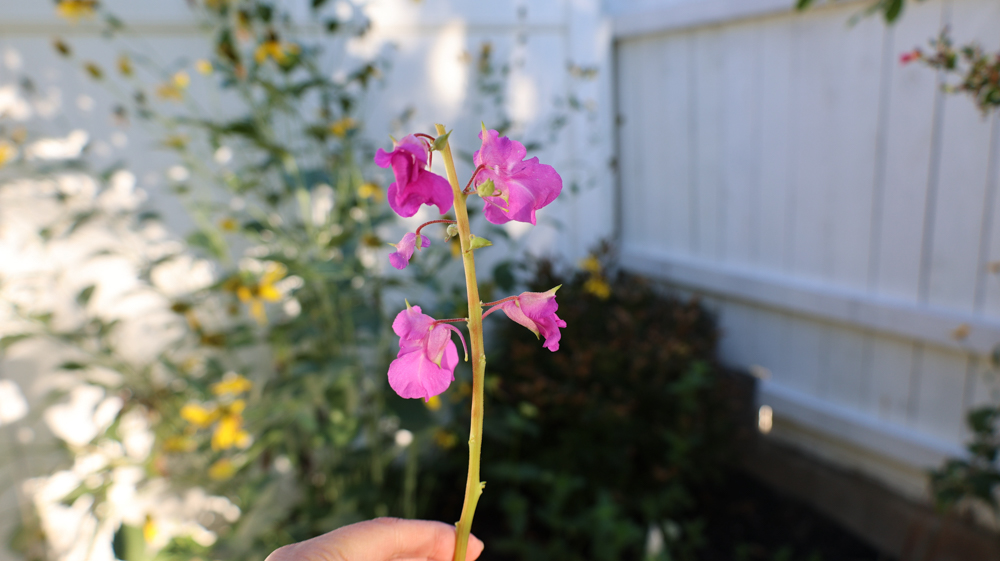
A whole bunch of these in a vase is very pretty though.
